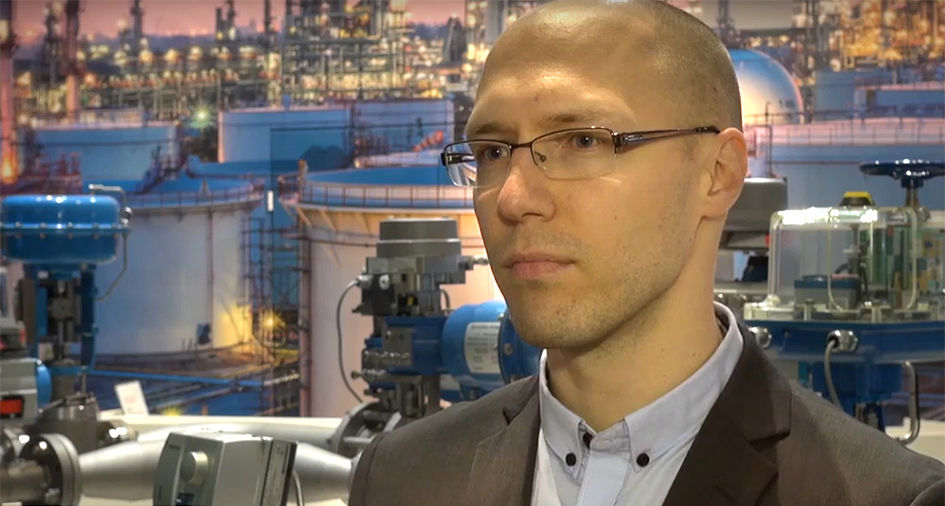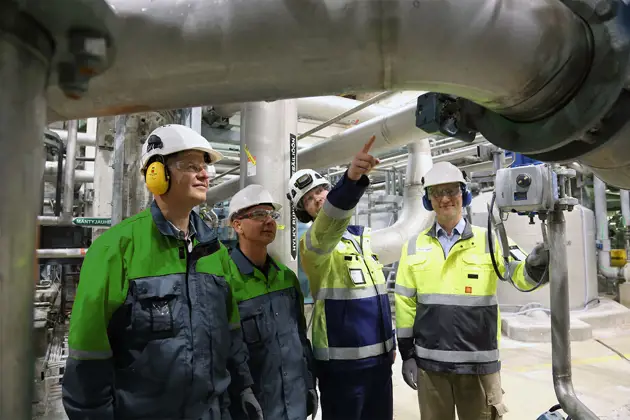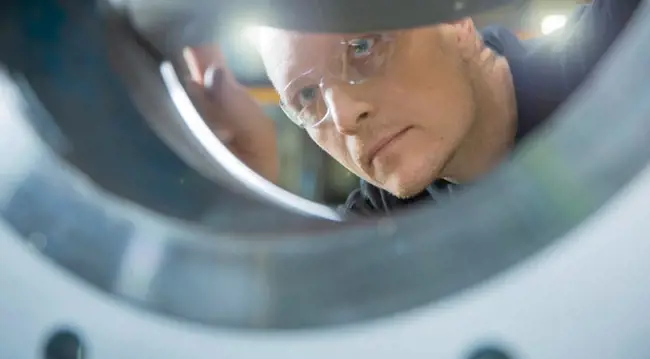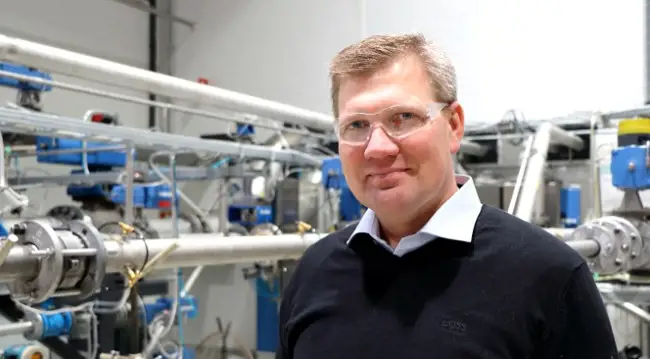Since cavitation is one of the most significant causes of wear, it is important to control the impact of the fluid flow. Using advanced computational fluid dynamics (CFD) to model cavitation helps you reach quicker, more efficient results and deeper insight for your designs, avoiding any premature failure of your control valves.

CFD has been used successfully for some time to study the fluid flow through valves. It’s a proven way to quickly and efficiently simulate all fluid processes in a digital format so you can easily see the impact of a liquid or gas on your control valve’s performance.
CFD includes basic pressure drop analyses to calculate the valve flow coefficient (Cv) and the valve’s inherent flow characteristics. It also calculates the dynamic torque. These are all important metrics to guarantee that the valve is designed according to specifications. Especially when it comes to process-critical control valves, we’ve used CFD effectively to study the fluid flow through valves during cavitation.
It is crucial to validate simulation models against experimental testing. Therefore, we’ve verified the resulting analyses of CFD with laboratory testing. And overall accuracy has proven to be very high.
Quicker than physical testing
The advantage of using CFD instead of physical testing is that the simulation can be performed very quickly. You can even analyze control valves in large sizes, since no semi-empirical flow coefficient calculations are needed.
Moreover, CFD offers many benefits when designing control valves, such as optimizing the design process to be more efficient when adjusting the valve characteristics to achieve a desired shape. Plus, CFD helps reduce the need for prototype testing.
Gain deeper insight for design
You can then use more advanced CFD analyses to compute the liquid flow coefficients of a control valve’s differential pressure ratio of incipient cavitation (xFz) and the liquid pressure recovery factor (FL). These factors can be accurately and reliably determined by including real cavitation physics into the model.
In fact, the CFD analysis gives you the power to model the same flow conditions that are used in laboratory tests to analyze the true vapor volume regions. This allows you to better evaluate potential cavitation damage areas and provides valuable insight for the design phase.
Combining the best of physical testing and CFD
In physical tests, you can determine xFz by measuring the noise levels. A sudden increase in noise level indicates cavitation. Although cavitation noise is too complex to model with CFD, you can find the critical vapor volume that leads to an increase in noise level and cavitation by comparing CFD results with actual test results.
Using this semi-empirical correlation, you can evaluate xFz with CFD by including the real cavitation phenomenon in the model. You can also use CFD to determine the FL coefficient in the same way as in laboratory tests by analyzing the valve’s choked flow conditions that include phase transformations between the liquid water and the vapor.
Nevertheless, the verification of the CFD analyses using real physical testing is still a necessity when using such sophisticated state-of-the-art tools in the most efficient and reliable manner. Additionally, comparing laboratory results with those provided by CFD gives you even more essential insight.



